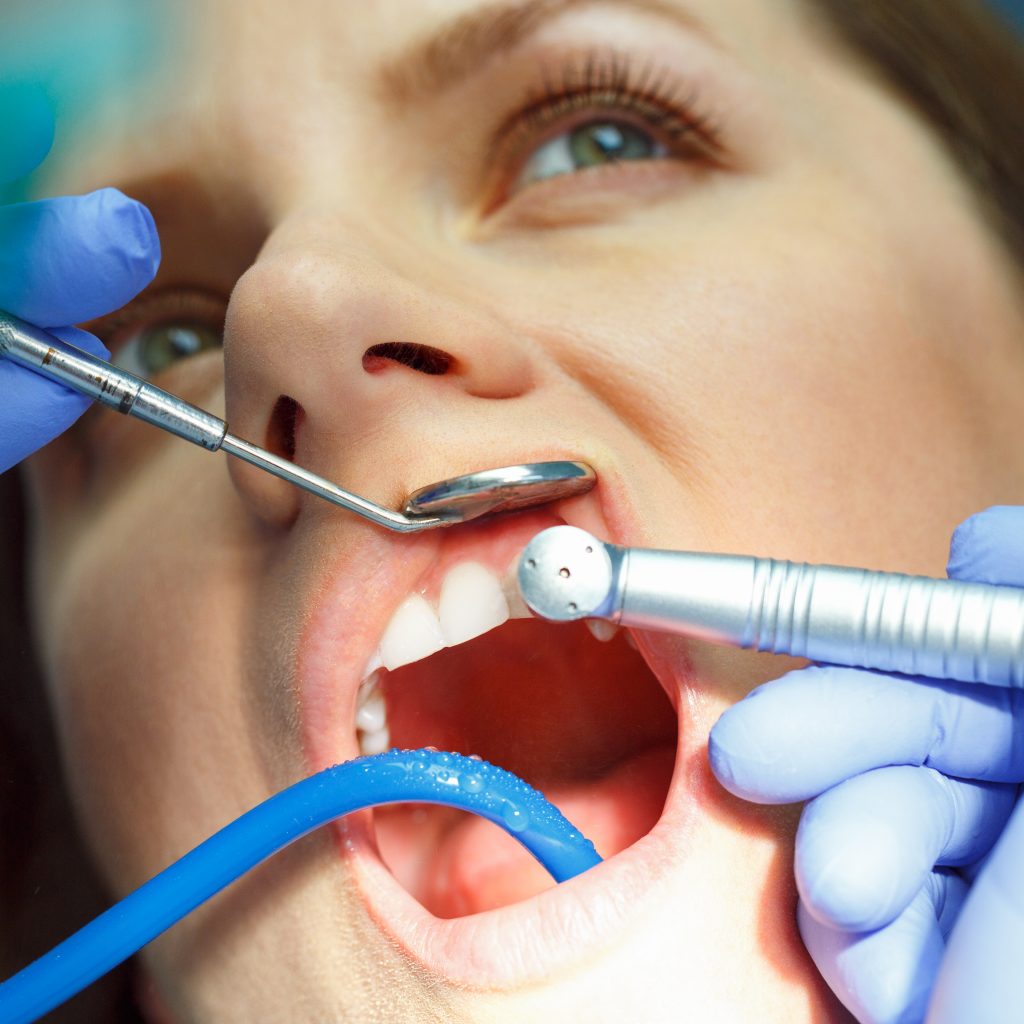Restorative Dentistry

If your teeth are damaged, decayed, or missing, our restorative dental services will bring back your smile’s natural function and aesthetics.
- Crowns – We specialize in crafting high-quality Zirconia and IPS e.max Press crowns, which provide exceptional strength and a natural appearance. Unlike traditional metal crowns, these materials closely resemble natural teeth in translucency and color.
- Dental Bridges – If you have missing teeth, a bridge can restore your bite, function, and aesthetics by using surrounding teeth for support.
- Tooth-Colored Fillings & Composite Restorations – We use Omnichroma composite technology, a state-of-the-art material that adapts to any natural tooth shade for seamless restorations. This ensures that fillings and repairs are virtually invisible, providing a natural look without the need for multiple shades of composite.
- Removable Dentures – We offer a variety of customized denture solutions to meet each patient’s needs:
✔ Acrylic Dentures – A traditional and affordable option for replacing multiple missing teeth.
At VK Dental Care, we use advanced restorative techniques and high-quality materials to ensure that your dental work looks natural, functions perfectly, and lasts for years to come.
✔ Flexible Partial Dentures – Made from a lightweight, flexible material for enhanced comfort and a better fit.
✔ Combination Flexi Dentures – A blend of acrylic and flexible material, offering both durability and adaptability for improved aesthetics and function.
✔ Full Flexible Dentures – A metal-free, flexible alternative to traditional full dentures, designed for maximum comfort.
✔ Lucitone Full Dentures – We offer Lucitone, a high-impact, strong, and long-lasting denture material, ensuring greater durability and a more natural look for full denture wearers.